A Sensory Delight

In the cherry blossom’s shade There is no such thing as a stranger.
Issa Kobayashi (1819)
Cherry blossom, Japan’s national flower, holds a sacred place in its culture. The ethereally beautiful flowers symbolize a time for rejuvenation and the fragility of life. The great Japanese haiku poet Kobayashi believed nobody could remain strangers after sharing the profound feelings evoked by cherry blossoms.
In the month of March, the enthralling sakura (cherry blossom in Japanese) starts on its magnificent march from the Okinawa islands in the south of the country towards the northern regions. The Japanese tradition of Hanami or Cherry Blossom Viewing dates back to 710 AD. It is a popular annual event when the whole country comes together to celebrate with their loved ones.
Visit Japan to witness the glorious show that nature puts up once a year for just two weeks. You may even be lucky to catch a Hana Fubuki (flower snow storm) when the petals start falling down. The country welcomed more than 2.7 million tourists from all over the world in April last year to view the breathtakingly lovely flowers.
Tokyo
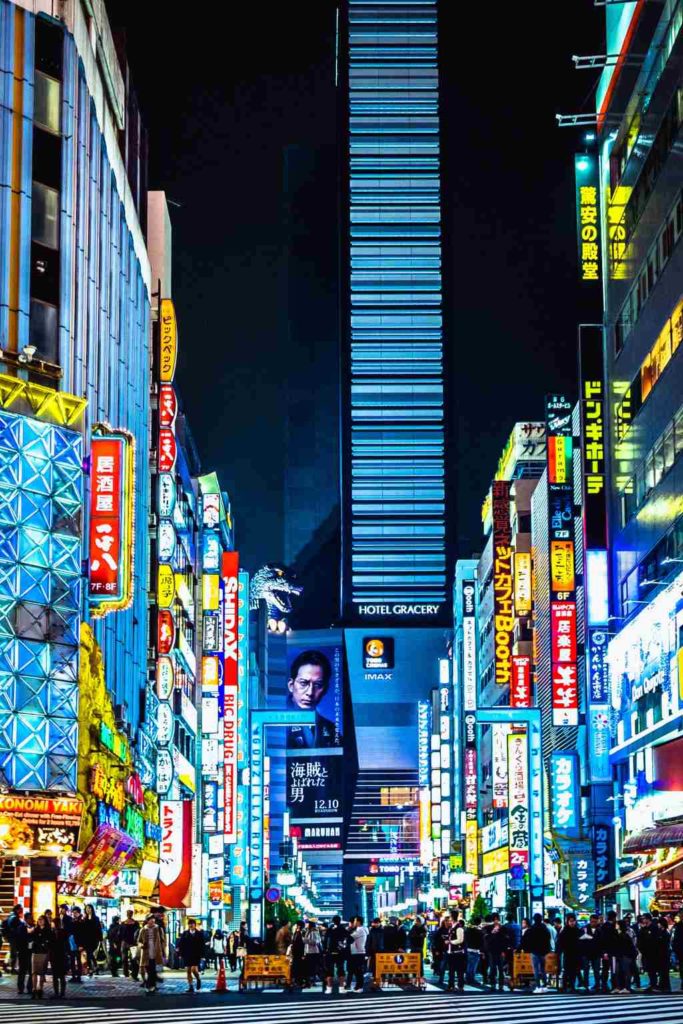
The capital city of Japan needs no introduction. The sprawling city, which pulsates with exciting energy, is the perfect amalgamation of the ancient and the new, from watching the cherry blossoms at traditional gardens and mystical shrines to the Karaoke bar. With skyscrapers, neon lights, bustling crossings, themed cafes with owls, cats, robots and what have you, cosplay, go-karting, game arcades, the ultramodern city is bound to leave you thrilled to the core. Take your kids to the delightful Disney Sea.
The anime fan in you would love Akihabara, teeming with electronic shops selling manga, anime, video games and souvenirs, and the whimsical Ghibli Museum in Mitaka. Don’t miss the iconic Shibuya crossing, the world’s busiest pedestrian crossing that witnesses almost 2,500 people walking across it at every green light. Taste sushi at the world’s biggest fish market, Tsukiji Market.
For experiencing the traditional, go see the lavish Meiji Shinto Shrine with its huge gate and adjoining forest or the Imperial Palace located in rambling public gardens or the museums dotting the city with their awe-inspiring exhibits, ranging from classical art at the Tokyo National Museum to the rebuilt kabuki theatre at the Edo-Tokyo Museum. Unwind at the immaculate Shinjuku Gyoen National Garden. There is something to do for everyone and then some more. A few days here are just not enough. Have a pre-planned itinerary to truly enjoy this unbelievably thrilling city.
Kyoto
Once the royal capital for over a 1,000 years, Kyoto is now famous as the City of 10,000 shrines as it boasts thousands of Shinto shrines, including the famous Fushimi Inari Shrine, and classical Buddhist temples. Kyoto represents traditional Japan, with its gold, silver, and scarlet shrines and temples, brightly attired geishas in kimonos, quiet monks in flowing robes, tranquil Zen gardens, charming wooden teahouses, overwhelming bamboo forests and elegant tea ceremonies called Chado or Sado.
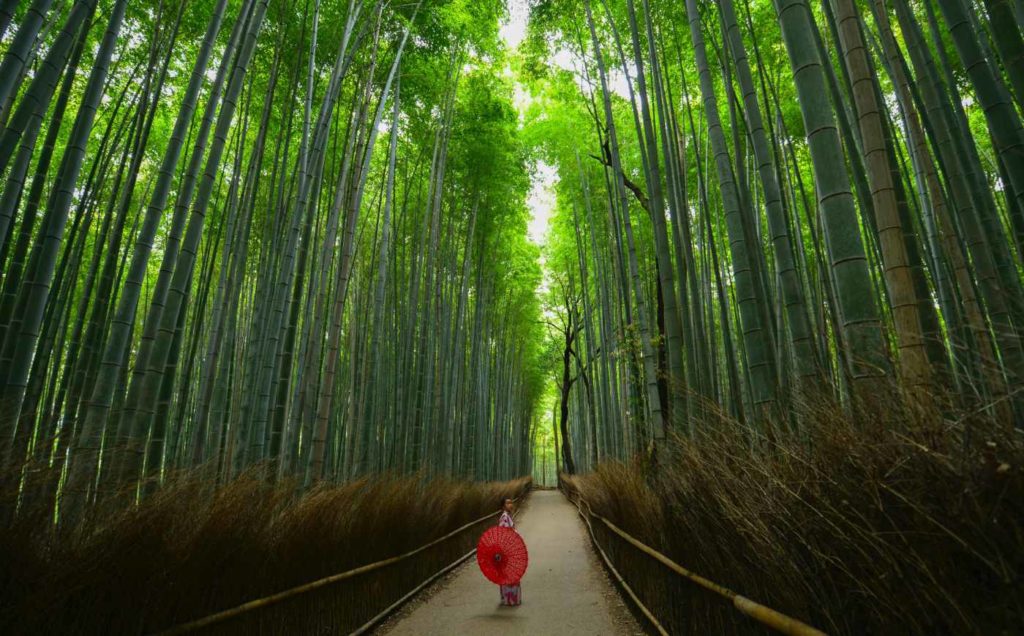
Do visit the UNESCO World Heritage site of the mystical Kiyomizu-Dera Temple perched on a lovely hill surrounded by cherry trees. Gaze at the sun dipping over the Kyoto cityscape from the tallest building in the city, the Kyoto Tower. The popular Gion Matsuri festival, which has been organized every year since 869, transforms the whole city into one big party. The best place to see the cherry blossoms here is Maruyama Park.
The illuminated weeping cherry tree right in the middle of the park makes for a surreal experience in the evenings. The best part about the park is that it houses several varieties of the delicate flower, and so it is a true riot of pretty colors, size, and texture.
Nara

Take a day trip from Kyoto to the historic city of Nara, which is home to numerous UNESCO World Heritage Sites. The main attraction is the world’s biggest wooden building, Daibutsu-den (Hall of the Great Buddha) at Todaiji which houses the 15m tall golden and bronze Buddha statue dating back to 751. Don’t miss the beautiful wild deer at Nara Park.
Ishigaki
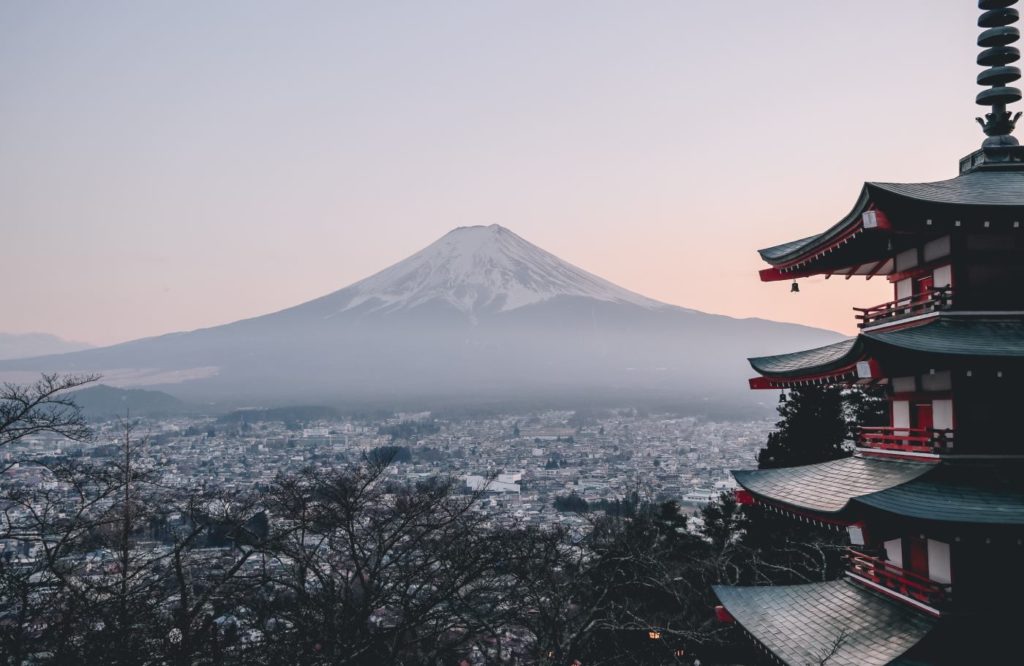
Situated in the Okinawa prefecture at a distance of more than 1,200 miles southwest of Tokyo, Ishigaki Island boasts of Japan’s best and diverse beaches ranging from sandy to rocky to snorkeling beaches. It is a great place to stay and explore other islands of the Yaeyama archipelago. The exquisite white sandy beaches and lush mangrove forests will remind of a typical tropical island. Snorkel, dive, surf or simply lounge on the gorgeous beaches.
Take a ride on the glass-bottomed boat at the Emerald Blue Kabira Bay to see the thriving underwater world beneath your feet. Visit the Iriomote- Ishigaki National Park to explore the breathtaking rare blue coral in the Shiraho Reef. Hike on the Mt Omoto or through the vibrant green rainforest on Maitake Mountain.
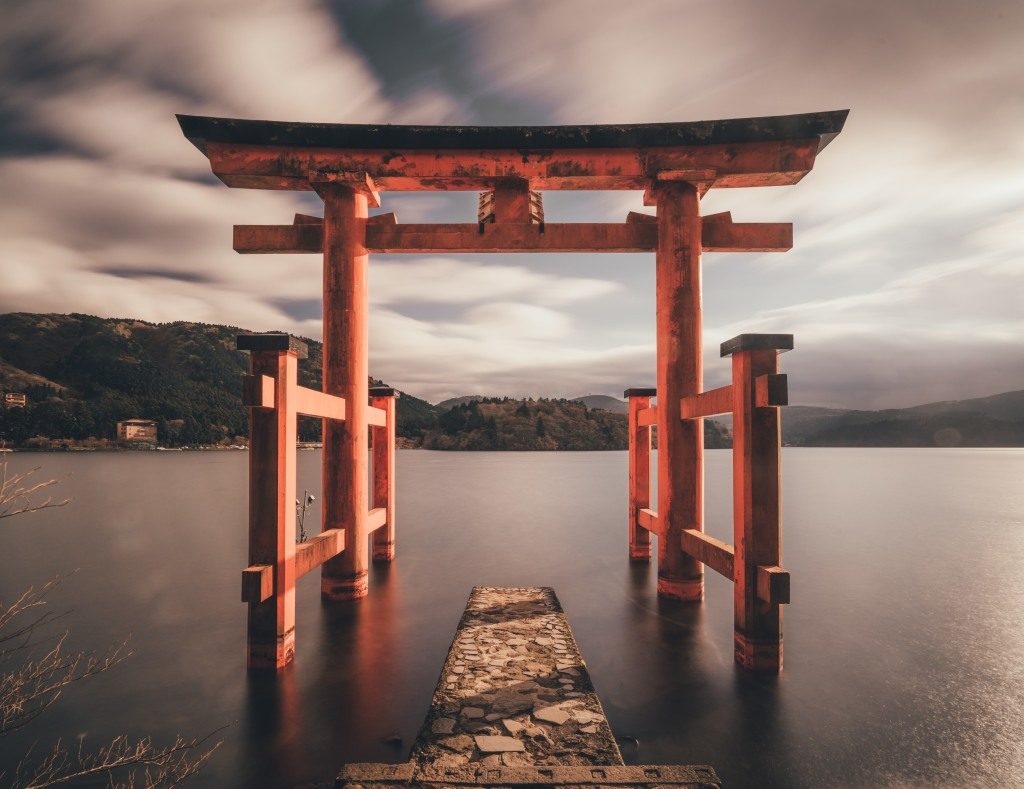
Cuisine
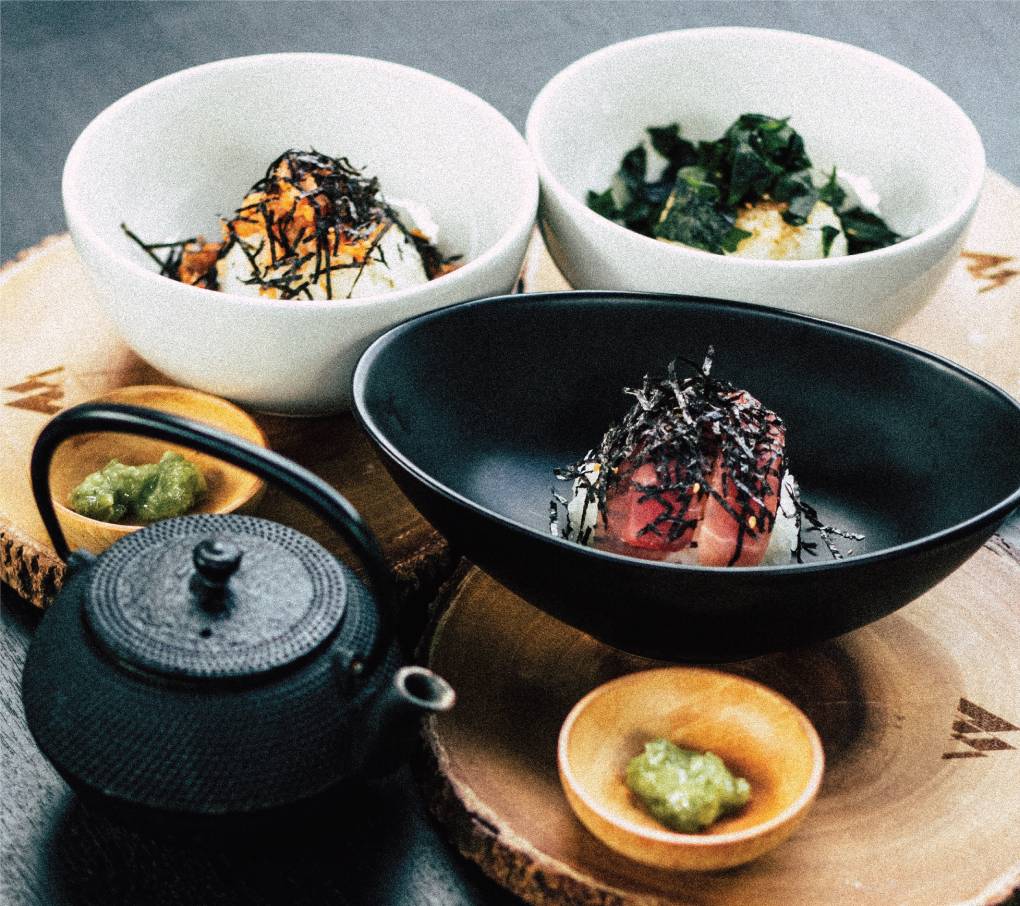
It is no surprise that Japanese cuisine is one of the most popular cuisines in the world. The washoku (traditional Japanese cooking) follows the rule of five, and embodies balance and variety by using the five colors (red, green, yellow, black and white), five cooking techniques (raw food, steaming, frying, grilling and boiling) and five flavours (sweet, sour, bitter, spicy and salty). The beautiful presentation and the use of the freshest and the finest of seasonal ingredients make Japanese food a sensory treat.
Washoku is based on rice with miso soup, with other side dishes comprising fish, pickled vegetables and vegetables cooked in broth. Miso is a traditional Japanese seasoning made from fermenting soybeans, salt, and koji. Miso soup is prepared from miso paste and dashi. Dashi is the basic Japanese stock made by boiling dried seaweed/kelp and dried fish. Miso soup could also contain pieces of tofu, onion, wakane seaweed and vegetables such as sweet potato, carrots, and radish. This wholesome soup, though never served as a main dish, is quite delicious and heartwarming.
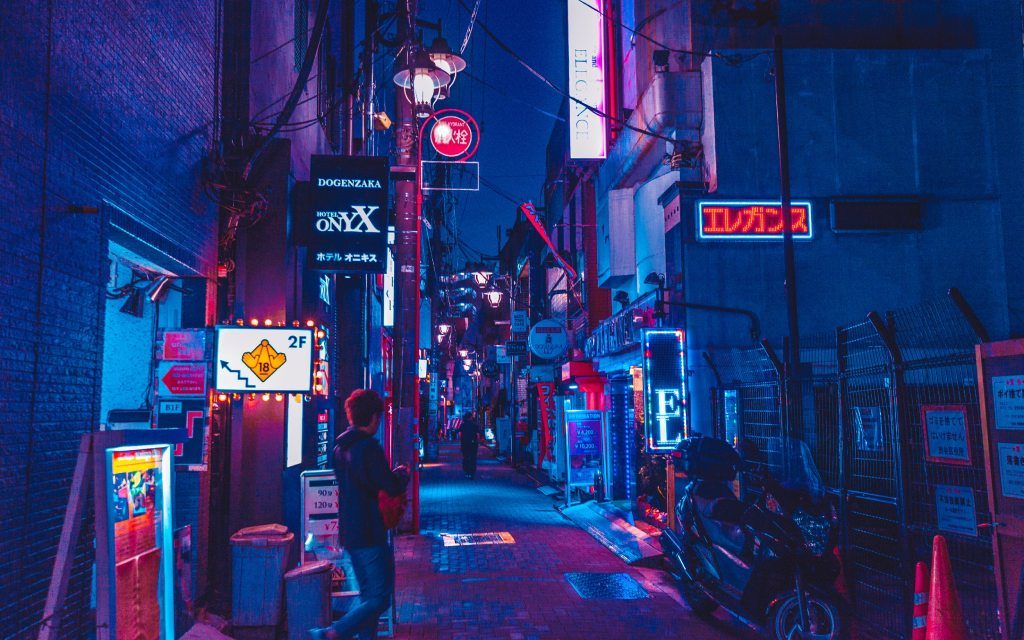
Sushi and sashimi are probably the most well-known Japanese dishes across the globe. Sushi means any dish made with Japanese rice, with vinegar, topped with vegetables, seafood, and seaweed. Grab a piece of this delicacy with chopsticks and dunk it into soy sauce or wasabi and feel the burst of flavors in your mouth. Sushi has a different name such as Temaki sushi, Nigiri sushi, Maki sushi or Oshi sushi depending on the shape and the ingredients used.
Sashimi is raw seafood or fish served with a side dish of radish and spicy wasabi. Ramen is wheat noodles in soy sauce or miso soup with slices of pork, green onions, seaweed and egg to satiate that hunger. Tempura is the crispy-fried, bite-sized Japanese snack made from seafood, fish or vegetables. It is seasoned with a sauce prepared with soy sauce, sugar, and ginger, and is served with the tasty Tetsuyu sauce made of consommé, sweet sake, soy sauce, ginger, radish, and spices.
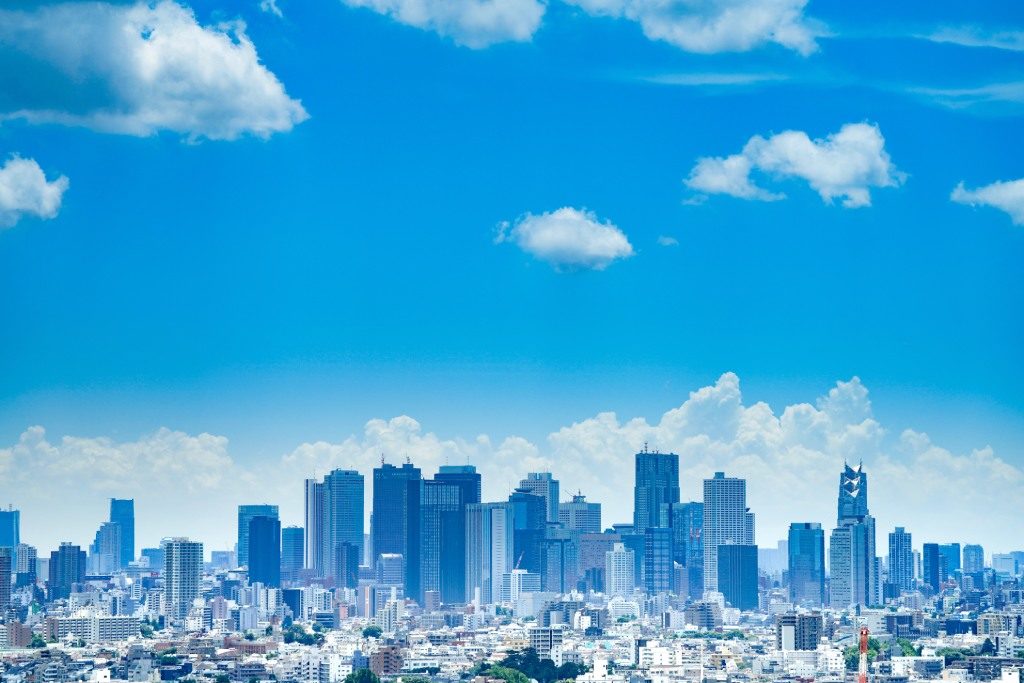
Kare-Raisu or curry rice is simply delicious; the curry is prepared with vegetables such as onions, carrots, and sweet potatoes, and meats such as chicken, beef, pork, and duck. Okonomiyaki is a pancake-like yummy, savoury dish cooked with yam, flour, and egg, and topped with green onions, shrimp, beef, squid, mochi, vegetables, and cheese. Onigiris, a favorite snack in Japan, are essentially rice balls filled with chicken, vegetables, fish, and pork, or covered with seaweed or a slice of egg. There is a plethora of more quintessential Japanese cuisine that you could sink your teeth while you wander the streets.
Time your trip to Japan with the sakura season that lasts from mid-March to the end of April. Book your tickets and hotels well in advance, and go armed with an itinerary. The gastronomical delights of the country, it’s polite, warm and kind people, the beguiling cherry blossoms and the eclectic mix of the ancient with the avant-garde, all put together, form a unique experience that will make you want to visit again and again, each time to discover something wonderfully new.
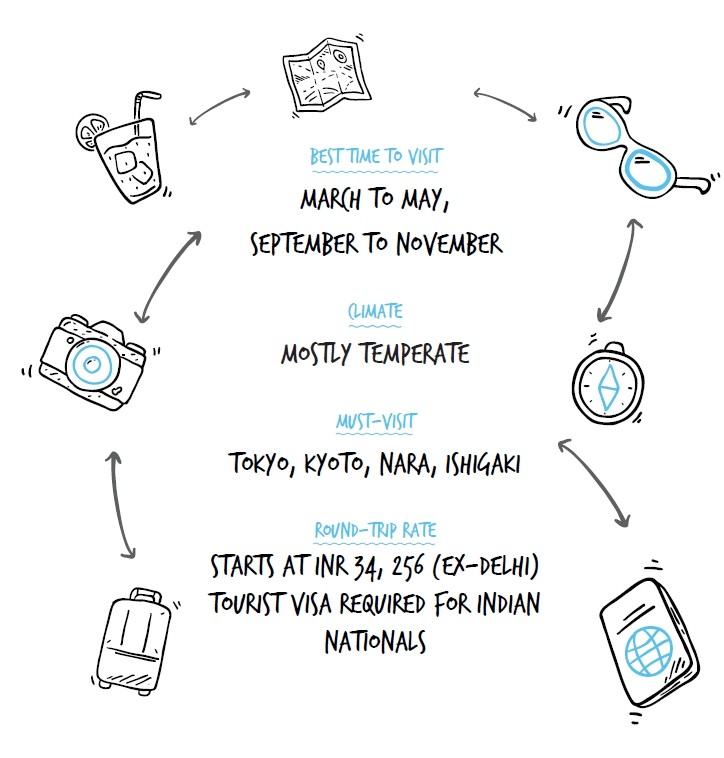
Also read about
DIVE IN THE MAGIC THAT IS THE MALDIVES
















